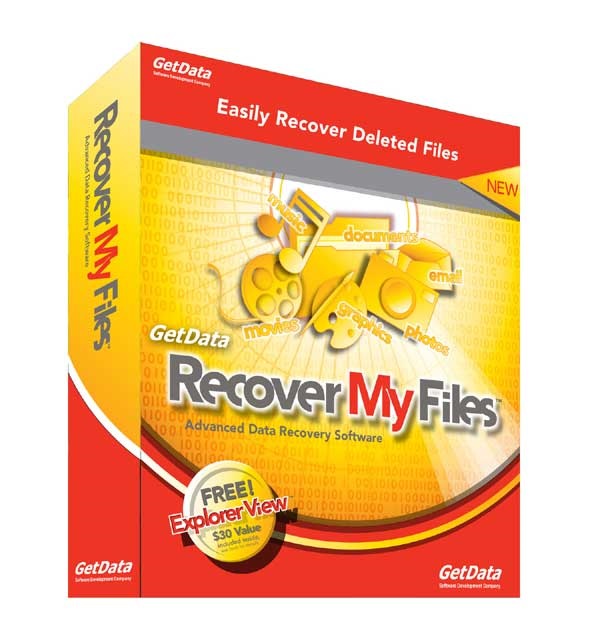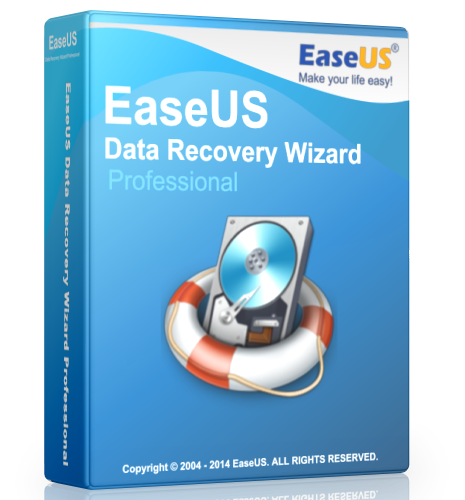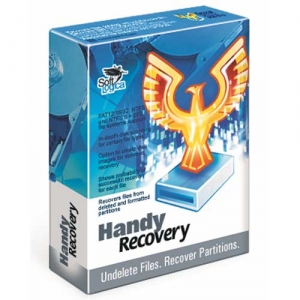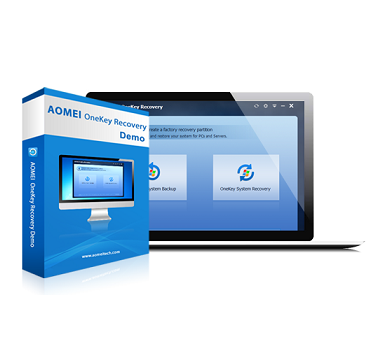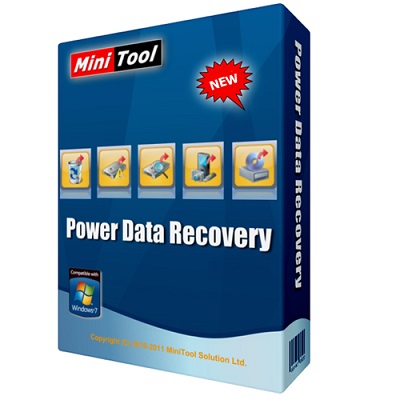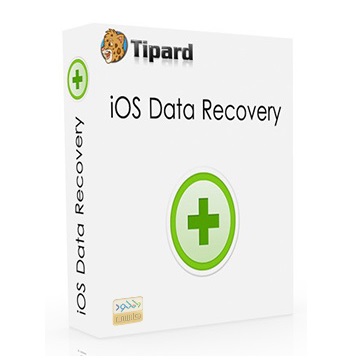Download Starus RAID Restore 2 full version program free setup for Windows. This program recovers data from non-operational RAID systems or from disks within such systems. It reads all the information about the controller, the motherboard or the software used to create a disk array. Our product can rebuild the crashed RAID and it lets you copy all critical information from there.
Starus RAID Restore Overview
RAID, which stands for Redundant Array of Independent Disks, is a data storage technology that combines multiple hard drives into a single logical unit to improve performance, reliability, and data protection. One common RAID configuration is RAID 5, which uses block-level striping and distributed parity to achieve fault tolerance. However, even with the added redundancy, RAID arrays can still face issues like hardware failures, software corruption, or accidental data deletion. In such cases, the process of restoring a RAID array to a working state is crucial, and this is where RAID restore comes into play. RAID restore refers to the procedure of recovering data from a degraded or failed RAID array. It involves reconstructing the array to retrieve the lost or inaccessible data and returning the RAID system to its functional state. The RAID restore process can be a complex task, particularly when dealing with larger arrays or more severe failures. Therefore, it is essential to approach RAID restoration with caution and, in many cases, seek professional assistance from data recovery experts. When a RAID array fails or becomes corrupted, it is vital to identify the root cause of the issue. Common reasons for RAID failure include disk failures, power surges, controller malfunctions, or accidental reconfiguration. Once the problem is diagnosed, the appropriate steps for RAID restore can be determined. You may also like EaseUS Data Recovery Wizard Technician Edition 16 Free Download
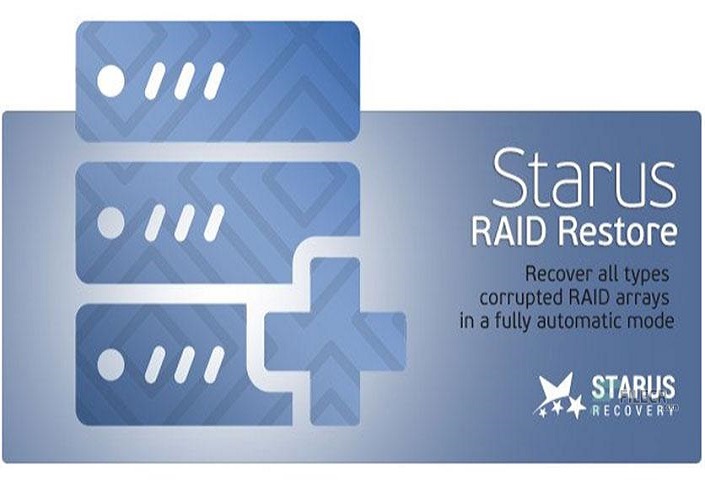
During the RAID restore process, data recovery specialists typically work to repair or replace any defective hardware components and rebuild the array using the remaining disks and parity information. RAID controllers play a significant role in this process, as they manage the data distribution and redundancy. In some cases, a hot spare drive, which is a pre-configured spare disk, can be automatically integrated into the array to replace a failed disk, aiding in the restoration process. When attempting a RAID restore, it’s essential to remember that data recovery is not always guaranteed. The success of the restore depends on the extent of the damage, the availability of parity data, and the expertise of the professionals performing the recovery. That’s why it is advisable to avoid making any further modifications to the array or attempting DIY fixes, as this could exacerbate the problem and lead to permanent data loss. To prevent data loss and ensure a smooth RAID restore process, it is crucial to implement regular backups and follow best practices for RAID configuration and maintenance. Regularly testing the integrity of the RAID array, monitoring disk health, and being prepared for potential failures can significantly reduce the risk of data loss and simplify the recovery process in case of a failure.
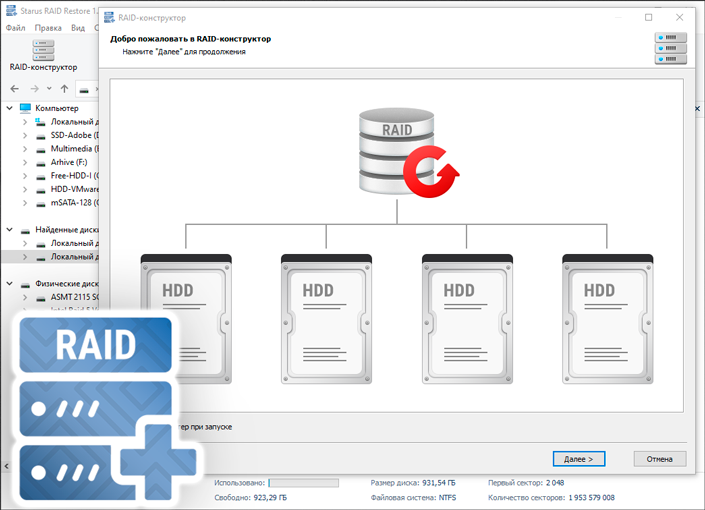
In conclusion, RAID restore is a critical process to recover data from failed or degraded RAID arrays. While the technology provides redundancy and fault tolerance, it is not immune to failures, making data backups and proper maintenance essential. In the event of a RAID failure, seeking professional data recovery services and avoiding DIY attempts can increase the chances of successful data restoration and minimize the risk of permanent data loss.
Features
- RAID Level Support: The software should support various RAID levels, such as RAID 0, RAID 1, RAID 5, RAID 6, RAID 10, and others.
- Disk Imaging: The ability to create image files of RAID disks to avoid further data loss during the recovery process.
- Rebuild RAID: Feature to reconstruct a failed RAID array by identifying correct parameters and restoring the data.
- File Recovery: Option to recover individual files and folders from the RAID array.
- Disk Health Monitoring: The software may offer disk health checking and reporting to detect potential issues.
- Hot Swap Support: The ability to recover data from a RAID array with hot-swapped disks.
- Hardware and Software RAID Support: Compatibility with both hardware and software-based RAID configurations.
- Disk Analysis: Tools to analyze the physical structure of RAID disks for data recovery purposes.
- Parity Calculation: Ability to calculate parity data in RAID 5 and RAID 6 arrays.
- RAID Controller Support: Compatibility with various RAID controller types.
- Virtual RAID Support: Some software can handle virtual RAID arrays created by virtualization software.
- Bad Sector Handling: Features to handle and skip bad sectors during the recovery process.
- Disk Cloning: The option to clone disks to create backups before recovery attempts.
- Disk Wiping: Securely wipe RAID disks to ensure data privacy.
- Support for Multiple File Systems: Ability to work with various file systems like NTFS, FAT, exFAT, etc.
- RAID Reassembly: Reassemble the RAID configuration based on known parameters.
- Automatic RAID Recognition: The software can automatically detect RAID parameters to simplify the recovery process.
- Disk Scan: Scanning disks for recoverable data.
- Raw Recovery: Capability to perform raw data recovery when file system information is lost.
- Save/Load Scan Information: Save and load scan results for further analysis and recovery.
- Selective Recovery: Option to choose specific files or folders for recovery.
- Preview Feature: Preview recoverable files before performing the actual recovery.
- Disk Editor: Advanced disk editor to examine and modify disk content.
- RAID Performance Testing: Tools to test RAID performance and stability.
- User-Friendly Interface: Intuitive and user-friendly interface for easy navigation.
- Log Generation: Detailed logs to track the recovery process.
- Export/Import Settings: Ability to export and import settings for future use.
- Disk Duplication: Feature to duplicate RAID disks for safe recovery attempts.
- RAID Rebuilding in Safe Mode: Recovery options that prioritize data safety during rebuilding.
- Comprehensive Help and Documentation: In-depth guides and documentation for better understanding and assistance.
- RAID Configuration Backup: Backup and restore RAID configuration information.
- Remote RAID Recovery: Support for remote RAID recovery over a network.
- Emergency Boot Media: Creating bootable media for emergency recovery situations.
- Disk I/O Monitoring: Monitor disk I/O during the recovery process.
- Custom RAID Parameters: Ability to specify custom RAID parameters for recovery.
- Disk Partitions and Volumes Support: Work with multiple partitions and volumes on RAID arrays.
- Encryption Support: Support for recovering data from encrypted RAID arrays.
- Error Handling and Reporting: Proper error handling and reporting to assist with troubleshooting.
- Automatic Updates: Software updates to improve compatibility and functionality.
Technical Details
- Software Name: Starus RAID Restore for Windows
- Software File Name: Starus-RAID-Restore-2.6.rar
- Software Version: 2.6
- File Size: 40.4 MB
- Developers: starusrecovery
- File Password: 123
- Language: Multilingual
- Working Mode: Offline (You donÆt need an internet connection to use it after installing)
System Requirements
- Operating System: Win 7, 8, 10, 11
- Free Hard Disk Space:
- Installed Memory: 1 GB
- Processor: Intel Dual Core processor or later
- Minimum Screen Resolution: 800 x 600
What is the latest version of Starus RAID Restore?
The developers consistently update the project. You can view the most recent software update on their official website.
Is it worth it to install and use Software Starus RAID Restore?
Whether an app is worth using or not depends on several factors, such as its functionality, features, ease of use, reliability, and value for money.
To determine if an app is worth using, you should consider the following:
- Functionality and features: Does the app provide the features and functionality you need? Does it offer any additional features that you would find useful?
- Ease of use: Is the app user-friendly and easy to navigate? Can you easily find the features you need without getting lost in the interface?
- Reliability and performance: Does the app work reliably and consistently? Does it crash or freeze frequently? Does it run smoothly and efficiently?
- Reviews and ratings: Check out reviews and ratings from other users to see what their experiences have been like with the app.
Based on these factors, you can decide if an app is worth using or not. If the app meets your needs, is user-friendly, works reliably, and offers good value for money and time, then it may be worth using.
Is Starus RAID Restore Safe?
Starus RAID Restore is widely used on Windows operating systems. In terms of safety, it is generally considered to be a safe and reliable software program. However, it’s important to download it from a reputable source, such as the official website or a trusted download site, to ensure that you are getting a genuine version of the software. There have been instances where attackers have used fake or modified versions of software to distribute malware, so it’s essential to be vigilant and cautious when downloading and installing the software. Overall, this software can be considered a safe and useful tool as long as it is used responsibly and obtained from a reputable source.
How to install software from the WinRAR file?
To install an application that is in a WinRAR archive, follow these steps:
- Extract the contents of the WinRAR archive to a folder on your computer. To do this, right-click on the archive and select ”Extract Here” or ”Extract to [folder name]”.”
- Once the contents have been extracted, navigate to the folder where the files were extracted.
- Look for an executable file with a .exeextension. This file is typically the installer for the application.
- Double-click on the executable file to start the installation process. Follow the prompts to complete the installation.
- After the installation is complete, you can launch the application from the Start menu or by double-clicking on the desktop shortcut, if one was created during the installation.
If you encounter any issues during the installation process, such as missing files or compatibility issues, refer to the documentation or support resources for the application for assistance.
Can x86 run on x64?
Yes, x86 programs can run on an x64 system. Most modern x64 systems come with a feature called Windows-on-Windows 64-bit (WoW64), which allows 32-bit (x86) applications to run on 64-bit (x64) versions of Windows.
When you run an x86 program on an x64 system, WoW64 translates the program’s instructions into the appropriate format for the x64 system. This allows the x86 program to run without any issues on the x64 system.
However, it’s important to note that running x86 programs on an x64 system may not be as efficient as running native x64 programs. This is because WoW64 needs to do additional work to translate the program’s instructions, which can result in slower performance. Additionally, some x86 programs may not work properly on an x64 system due to compatibility issues.
What is the verdict?
This app is well-designed and easy to use, with a range of useful features. It performs well and is compatible with most devices. However, may be some room for improvement in terms of security and privacy. Overall, it’s a good choice for those looking for a reliable and functional app.
Download Starus RAID Restore 2 Latest Version Free
Click on the button given below to download Starus RAID Restore free setup. It is a complete offline setup for Windows and has excellent compatibility with x86 and x64 architectures.
File Password: 123
